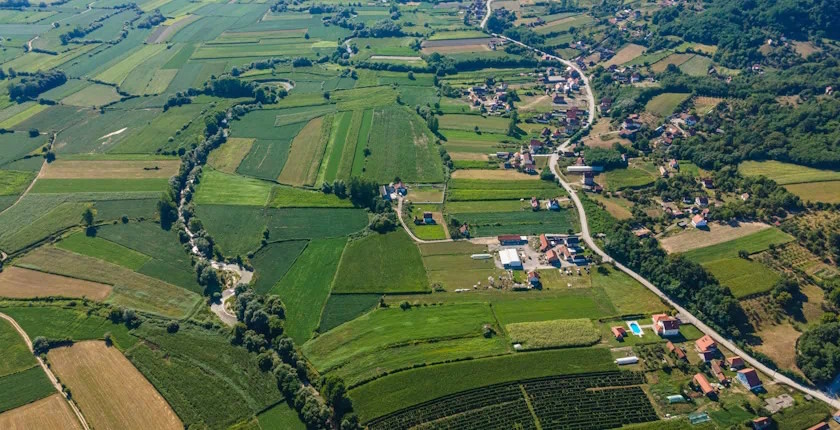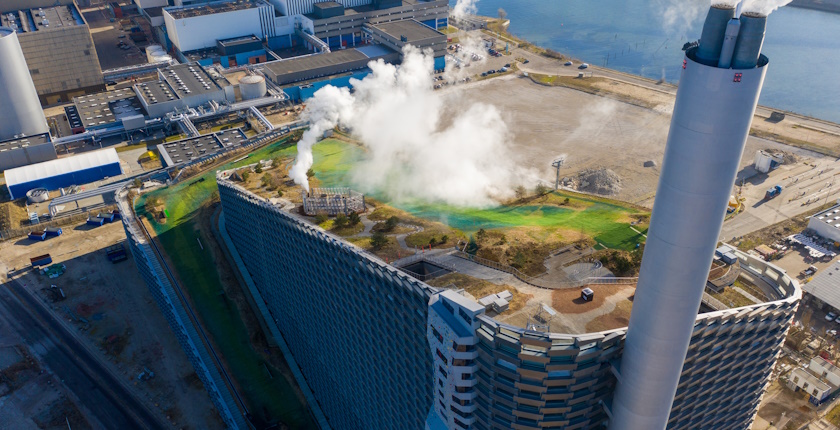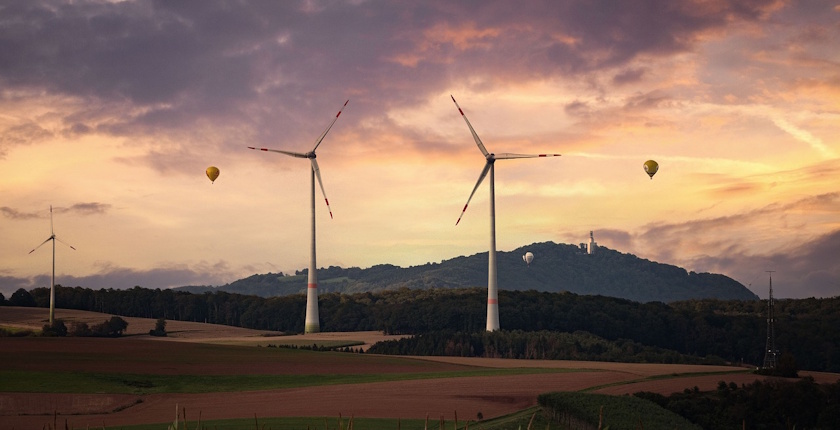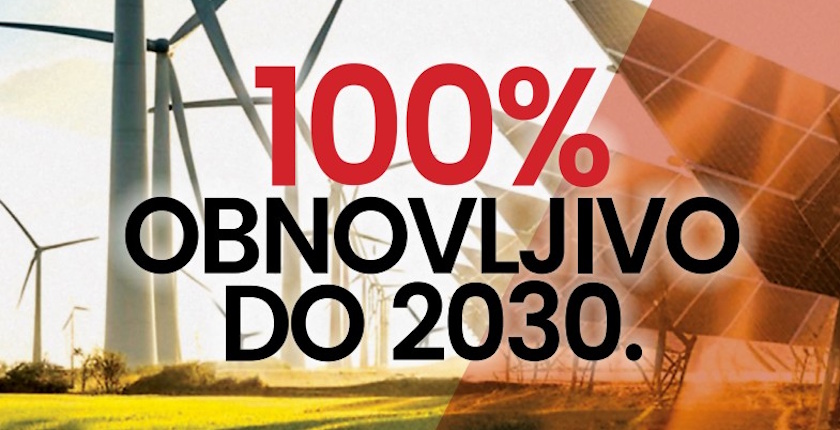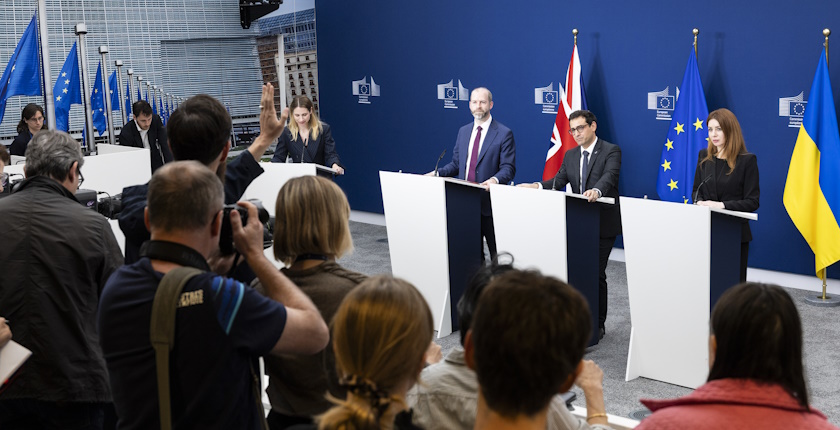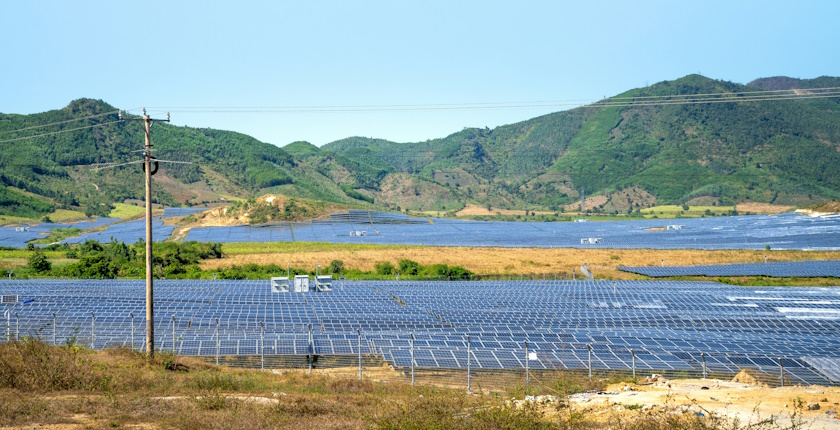
TotalEnergies to build 100 MW solar power plant with energy storage in Cyprus
TotalEnergies is betting big on the solar power market in Cyprus. It won the environmental approval for a photovoltaic park of 100 MW in peak capacity, with energy storage. It intends to build it in an area previously designated for a golf course.
France-based TotalEnergies is an oil supermajor, but also one of the world’s largest renewable energy developers. The company is planning to build a photovoltaic system in Cyprus equivalent to a quarter of all the current capacity in larger solar power units in the country, even though the competition in the segment is enormous.
At the same time, grid stability in the island state is under jeopardy given the surge in PV investments and the lack of energy storage. According to a recent statistical report, Cyprus hosted almost 850 MW of solar power, of which less than 400 MW was in commercial photovoltaic plants. Prosumers operated the rest. Licensed projects amounted to 2.8 GW.
In the first five months of the year, according to the CyprusGrid tracker, 58% of green electricity production was curtailed, out of a potential 251 GWh, pv magazine reported. It compares to 29% in all of 2024, 13.4% the year before and 3.3% in 2022.
The Department of Environment has issued consent for TotalEnergies’ solar power project of 100 MW in peak capacity, Philenews reported. The company is conducting it in cooperation with Universal Green Energies. It is a subsidiary of Universal Golf Enterprises, the owner of the land.
The environmental authority’s positive opinion is valid for the duration of urban planning and other permits.
Environmental approval conditioned on wildlife protection, reforesting
The area of 200 hectares was originally intended for a golf course. It is on the territory of the villages of Vasa Kellakiou, Asgata and Sanida in the Limassol district.
The photovoltaic park would cover 83 hectares, of which 44 hectares would be under solar panels. The plan includes a substation and energy storage. Annual output is estimated at 160 GWh, equivalent to the electricity needs of 33,000 households.
The PV park would generate an estimated 160 GWh per year
TotalEnergies and its partner are obligated to protect fauna and flora and exclude water streams and protected zones from construction works. They are not allowed to install solar panels on land with a slope higher than 25%. The companies especially need to preserve the habitats of protected species, including the Bonelli eagle.
The environmental approval was issued with a condition to plant trees and shrubs instead of the ones that would be removed during construction.
Villagers concerned about environmental, economic impact
Some representatives of the local population in Sanida expressed concern, among other matters, over the effect of the planned solar park on the air temperature in the area. Residents of Asgata argued that the local community would benefit more from a golf course.
At the end of the first quarter, TotalEnergies had 28 GW of gross renewable electricity capacity installed worldwide. It aims to reach 35 GW by the end of the year and 100 GW in 2030.

